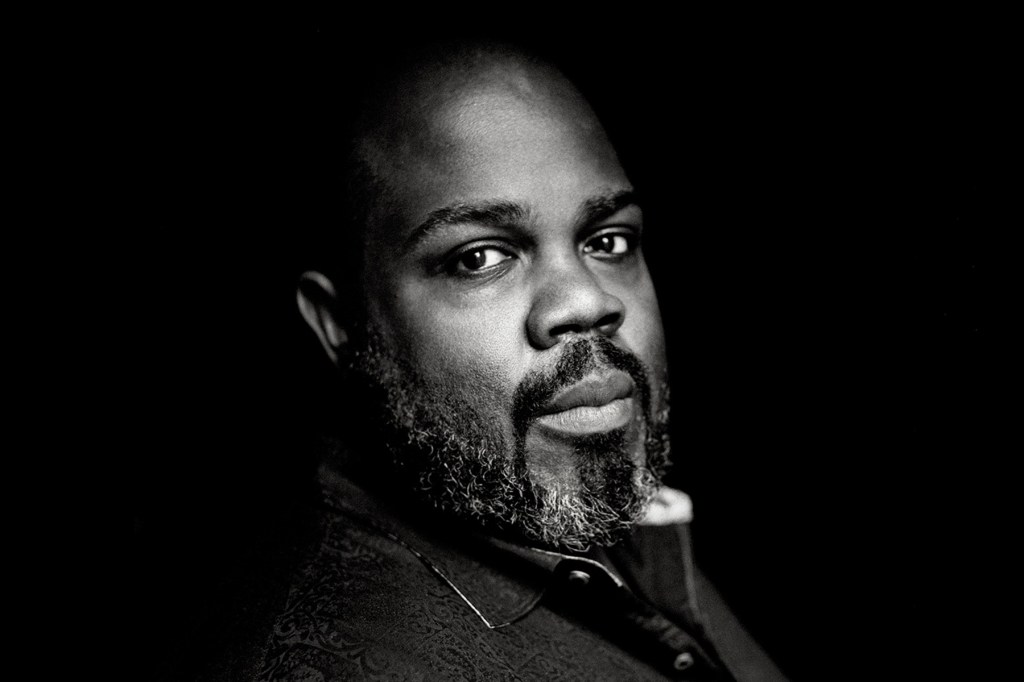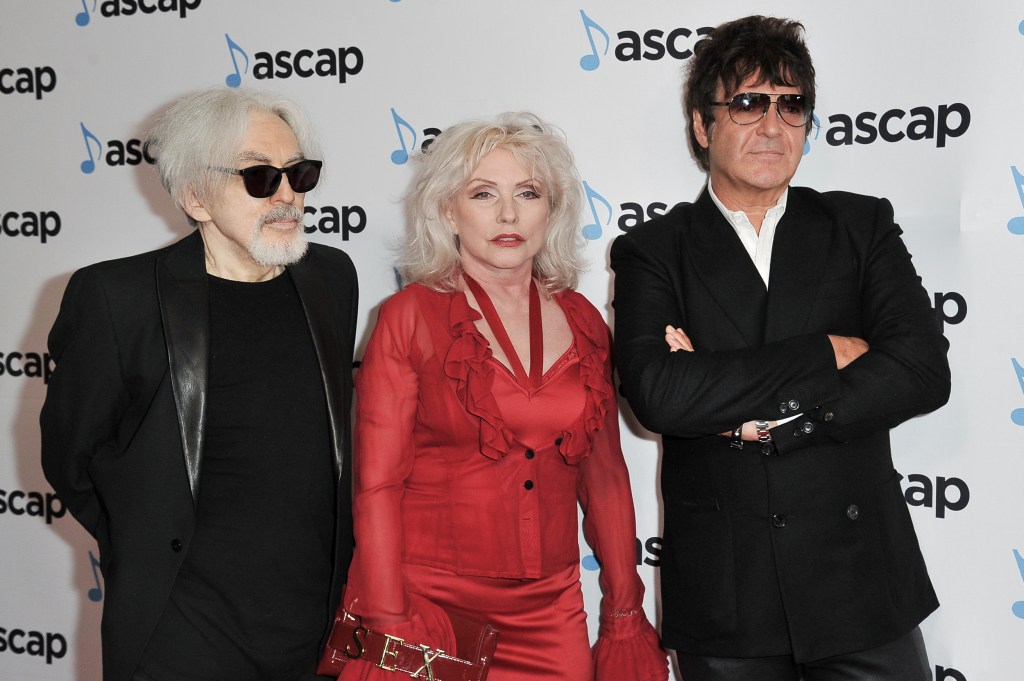Music review: Bach Akademie Australia with Reginald Mobley
Reginald Mobley is one of the world’s most talked-about countertenors, and revelations came aplenty came when he teamed up with Bach Akademie Australia for The Countertenor – Bach’s Holy Spirit.

With Adelaide Baroque occupying the historical performance space pre-eminently in the local landscape, it is interesting to see one of this group’s close relatives coming here for their first visit from Sydney. Founded nine years ago by the violinist Madeleine Easton, a protégé of John Eliot Gardiner, Bach Akademie Australia is similar in many ways, not least in sound. Articulate, lightly bowed and neatly honed, Easton is a top violinist with strong credentials, highly schooled in baroque playing.
And just to note that Adelaide DNA is present amongst them. Three of Bach Akademie’s members, at least in their present tour, hail from here, or have spent significant parts of their professional lives here: namely violinist Simone Slattery, violist Heather Lloyd, cellist Anthea Cottee. Additionally, Slattery has played many times with Adelaide Baroque.
Interest only heightens when they bring out one of the most talked-about countertenors in the world today. The African American singer Reginald Mobley extends by a considerable margin what one may be accustomed to hearing with this voice type. No matter what the level of skill is, there can always be something strained or artificial when the male voice is pushed above its speaking range. But when Mobley opens his vocal cords, one immediately notices a couple of things: he sits perfectly comfortably in the high alto register where it verges on soprano, and he delivers a sound that is magically pure, creamy and light all at the same time.
For a start, his singing falls very agreeably on the ear. In Cantata BWV 170, the first aria ‘Vergnügte Ruh, beliebte Seelenlust’ brought waves of comforting warmth with each delectable phrase. As well it might, with words by one of Bach’s favourite poets, Georg Christian Lehms, that promise peace in heavenly harmony.
Mobley gave wonderful naturalness to this aria’s lilting rhythm, never forcing a note. On top of this is his intuitive intelligence; it was almost as if he was singing with the music, allowing for an extra dimension of openness. He has a rare gift of communication.
The revelation was that all the musicians had an extra pair of ears that enabled them to breathe with, and feel, the music the same way in a communally shared pulse. How gratifying it was to witness. The only missing thing was an oboe d’amore; Bach scores the aria with this sweetly-toned reed instrument alongside the violins to heighten its pastoral quality.
On their own, Bach Akademie exhibited a high order of musicianship in Bach’s Sonata No. 2 for Violin and Obbligato Harpsichord in A, BWV 1015. This is difficult music in places, which puts it out or reach for all but the best players. Fastidiously neat and clear, Easton’s violin playing was a joy, as was Neal Peres Da Costa’s harpsichord playing — they formed an ideal partnership in its intricate dialogue. The only question was balance; doubling the bass line with cello made the ensemble bottom-heavy. Viola da gamba, as originally intended, would have been better.
By herself, Easton showed yet more artistry in Bach’s Sonata for Solo Violin No. 3 in C, BWV 1005. This is even more fragilely difficult, on-the-edge music when played on gut strings, and in Ukaria’s ultra-resolving acoustic, everything is audible. How pleasing it was, then, to hear Easton play this sonata with such fineness, control and intelligence.
Subscribe for updates
A holy grail in the countertenor repertoire is of course the Agnus Dei from Bach’s Mass in B minor, BWV 232. Plucked out of context, its intense mood requires great skill, but the tempo landed exactly right, and Mobley captured all its profundity. His ease, natural flow of line and unerring judgement made this as sublime a performance as one could hope to hear.
Bach’s ‘sleeping aria’, ‘Schlummert ein, ihr matten Augen’, from the cantata Ich habe genug, BWV 82, is another beauty. Here again, understatement can go a long way in giving this aria all its unaffected charm. The surprise was to hear Mobley inject real venom into its B-section at the words, “O World, I will linger here no more. For indeed, I find nothing in you pleasing to my soul”. Other singers are rather inclined to glide over this rather important part of the aria.
A brand-new piece from Biripi and Gamillaroi composer Troy Russell, called ‘Morning Star, Clans’, served to connect the program in a uniquely Australian way. It celebrates the symbolic power of the planet Venus, as indeed does Bach in his cantata ‘Wie schön leuchtet der Morgenstern’, and its does so through an ascending melody that ends in the highest reaches of the violin.
This program included just one Bach cantata in its entirety, on account of it not containing any choruses. ‘Widerstehe doch der Sünde’, BWV 54, is famous for more than that, though, because it starts with a teeth-grinding dissonance and messages about how humanity needs to resist sin, or else poison “will take hold of you”. This performance was fabulously explosive, proving that Bach never shies away from making his intentions plain.
One needs to hear Mobley singing spirituals know the full measure of his calibre, and in true gospel style, he sang ‘Steal Away’ as an encore, bringing the audience to its feet.
As usual, UKARIA is taking the lead in bringing a world-best-of musical diet to Adelaide.
Bach Akademie Australia and Reginald Mobley performed The Countertenor —Bach’s Holy Spirit at UKARIA Cultural Centre on April 13

